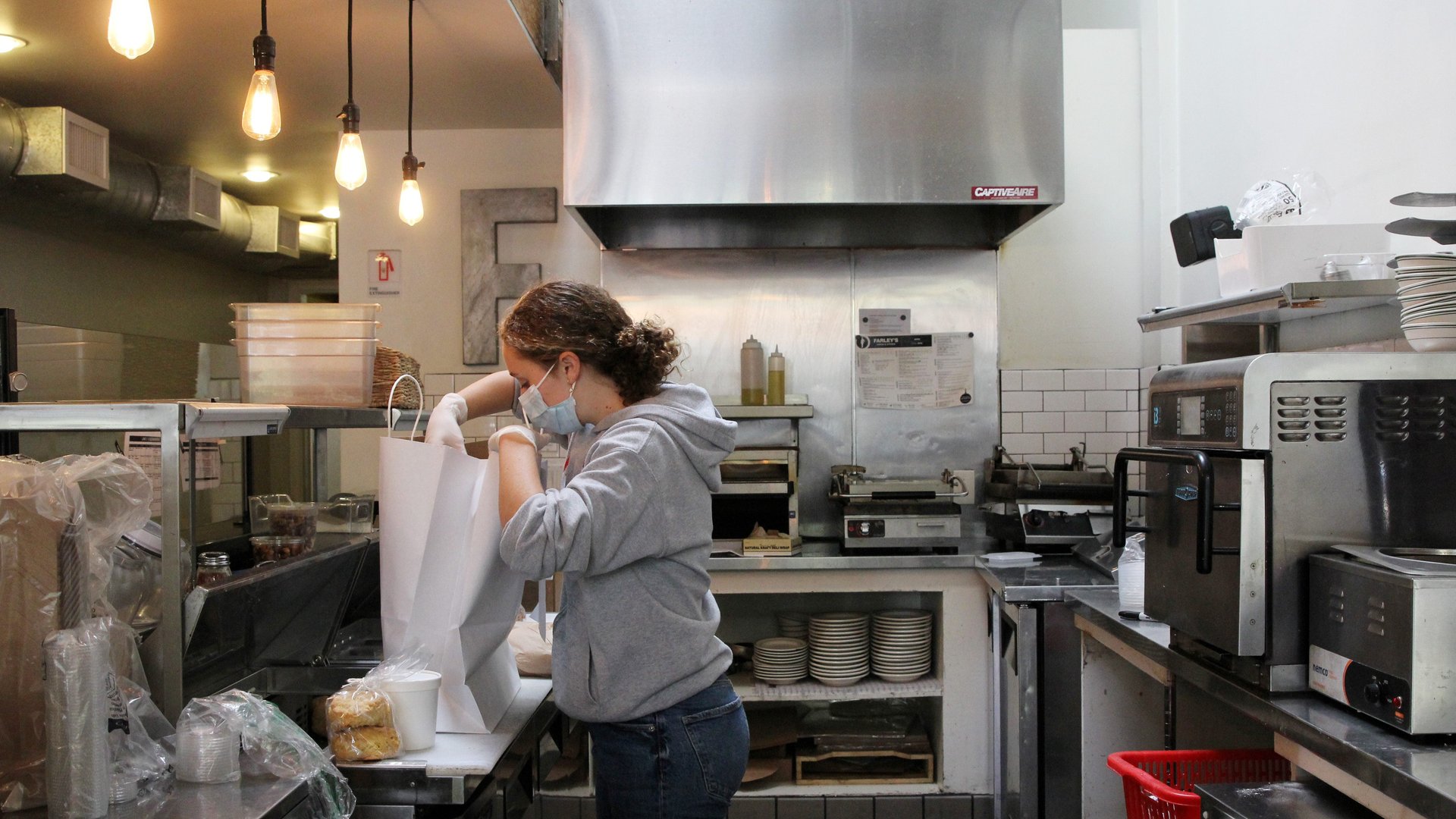The PPP was actually a big success argues an Obama-era official
The US’s emergency program to keep small businesses afloat during the pandemic was far from perfect, and the data produced about the half a trillion dollars in loans is a total mess. But the former head of the Small Business Administration argues that those criticisms, while valid, miss the bigger point.


The US’s emergency program to keep small businesses afloat during the pandemic was far from perfect, and the data produced about the half a trillion dollars in loans is a total mess. But the former head of the Small Business Administration argues that those criticisms, while valid, miss the bigger point.
“People have gotten into this story about the bad actors, and the flawed data and the rest of it, all of which is factually correct,” Karen Mills, a senior fellow at Harvard Business School, said of the government’s Paycheck Protection Program. “But is it the story of PPP? I think the net effect we will find is that it helped literally millions of small businesses survive.”
Congress created a $350 billion fund in March, run by the Small Business Administration (SBA), to keep small businesses solvent and workers on payrolls, amid widespread commercial shutdowns to contain the coronavirus pandemic. The money ran out a few weeks later, and there are signs that banks’ bigger clients soaked up a lot of the cash. Officials in Washington then dished out a second, $310 billion round of funding, more of which appears to have gotten to smaller enterprises.
PPP loans of more than $1 million tapered quickly after the early weeks of the program, according to an analysis by Quartz, while those of less than $150,000 were sustained.
As the global economy tipped into a crisis of unknowable proportions, leading economists counseled that government support should be of a scale usually only seen in times of war. By that measure, the half-trillion-dollar PPP effort had the right idea.
Mills, who ran the SBA during the Obama presidency, says officials managed to push out about $30 billion of lending in the aftermath of the 2008 crisis, “and we killed ourselves” to make it happen. She points out that PPP provided 10 times that much in just in two and a half weeks.
“The bad news is this was put together really fast, the data is imperfect and, oh by the way, there were definitely some bad actors—some of which returned the money, some of which didn’t,” Mills said. “The positives are, it’s a lot of money.”
The US has about 30 million small businesses, but only around 6 million of them have employees. That leaves around 24 million sole proprietorships, a category that often gets ignored by government aid programs. Mills credits house speaker Nancy Pelosi’s office for including that group in PPP, giving Congress the potential to save tens of millions of livelihoods. The former head of the SBA says small operators with fewer than 10 employees are highly vulnerable and that the data so far, while messy, suggests a chunk of the loans made it to some of these firms.
“You want to look at whether the small guy got PPP money,” Mills said. “And it’s looking like, in tranche two, they did.”
Scrutiny of government programs like PPP is vital. The knowledge that critics will pore through the data could keep some people from exploiting these efforts—the UK, which has a similar lending program, has no plans to provide the kind of transparency that SBA has provided. The PPP data will allow taxpayers to decide for themselves whether the money, despite the pressures of trying to keep pace with an unfolding disaster, was used effectively.
In the meantime, executives at the America’s biggest banks say the recession has hardly even begun. While unemployment shot through the roof, immense government support kept cash in many workers’ pockets and numerous companies from folding. Lenders still expect a wave of default and insolvencies, but that hasn’t hit yet. JPMorgan Chase CFO Jennifer Piepszak said in an earnings call this week that “we’re really hitting the moment of truth, I think, in the months ahead.”
Mills argues more money is going to be needed for small businesses—she forecasts that as many as 30% are still at risk of getting wiped out. Despite the risks, she thinks programs to help them should remain broad and simple. “Complexity is very hard to achieve at this volume,” she said. “If you’ve got leakage because you made it simpler, but reach millions more businesses and save tens of millions more jobs, that probably is a good use of money.”